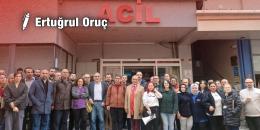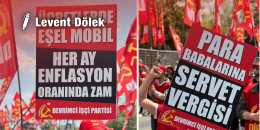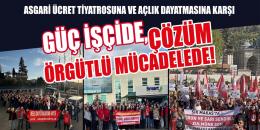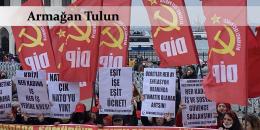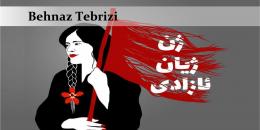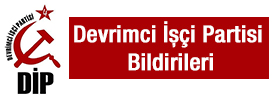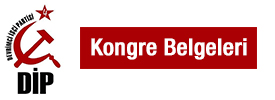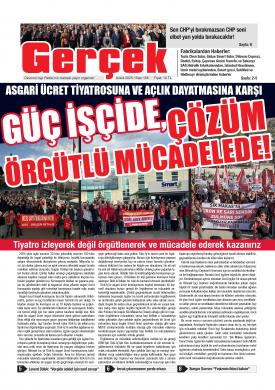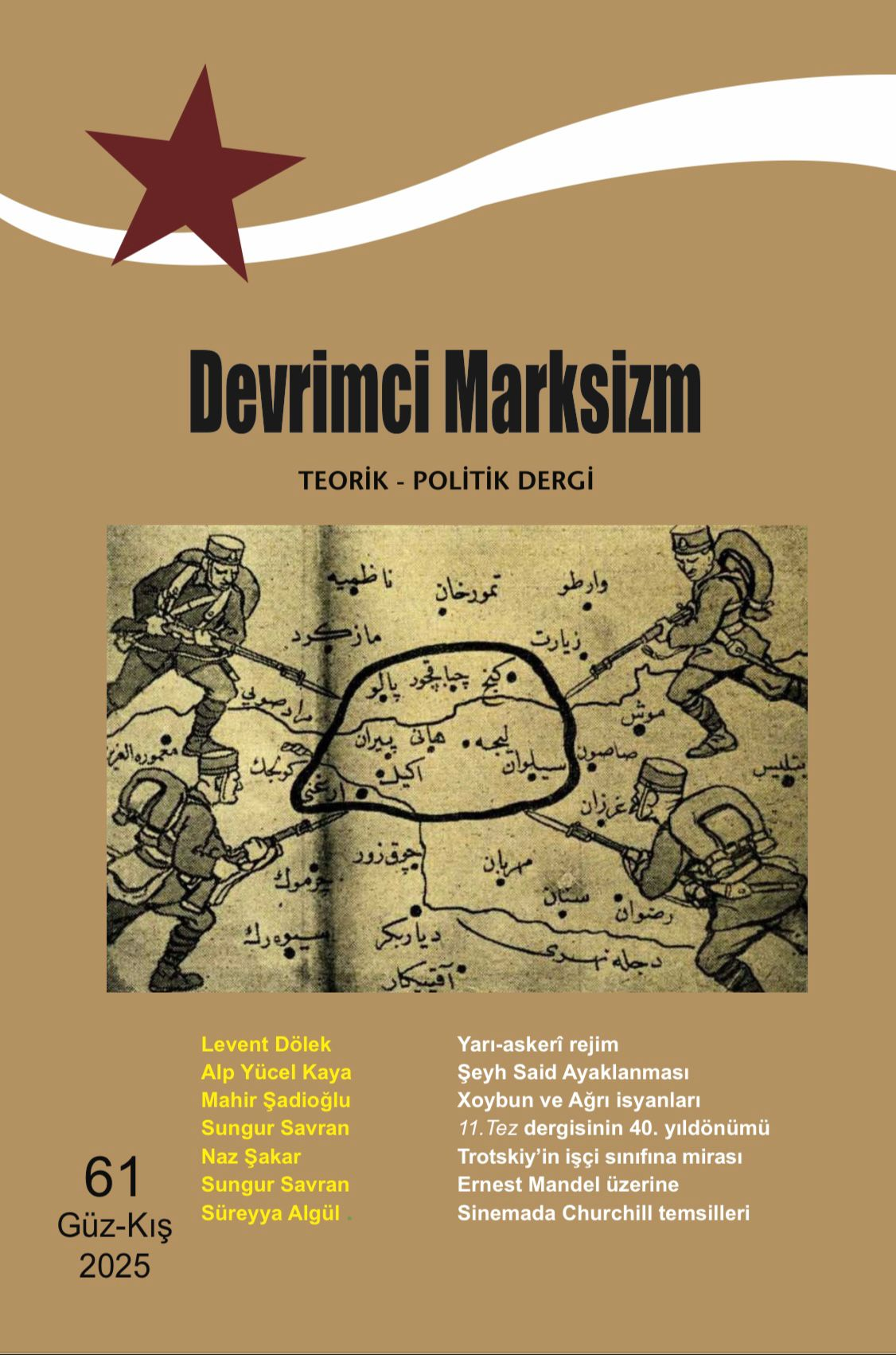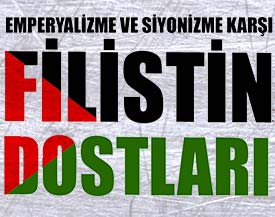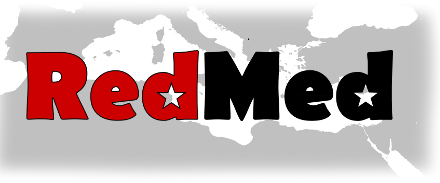DIP Statement: Iran heading towards revolution, the Middle East poised for radical change
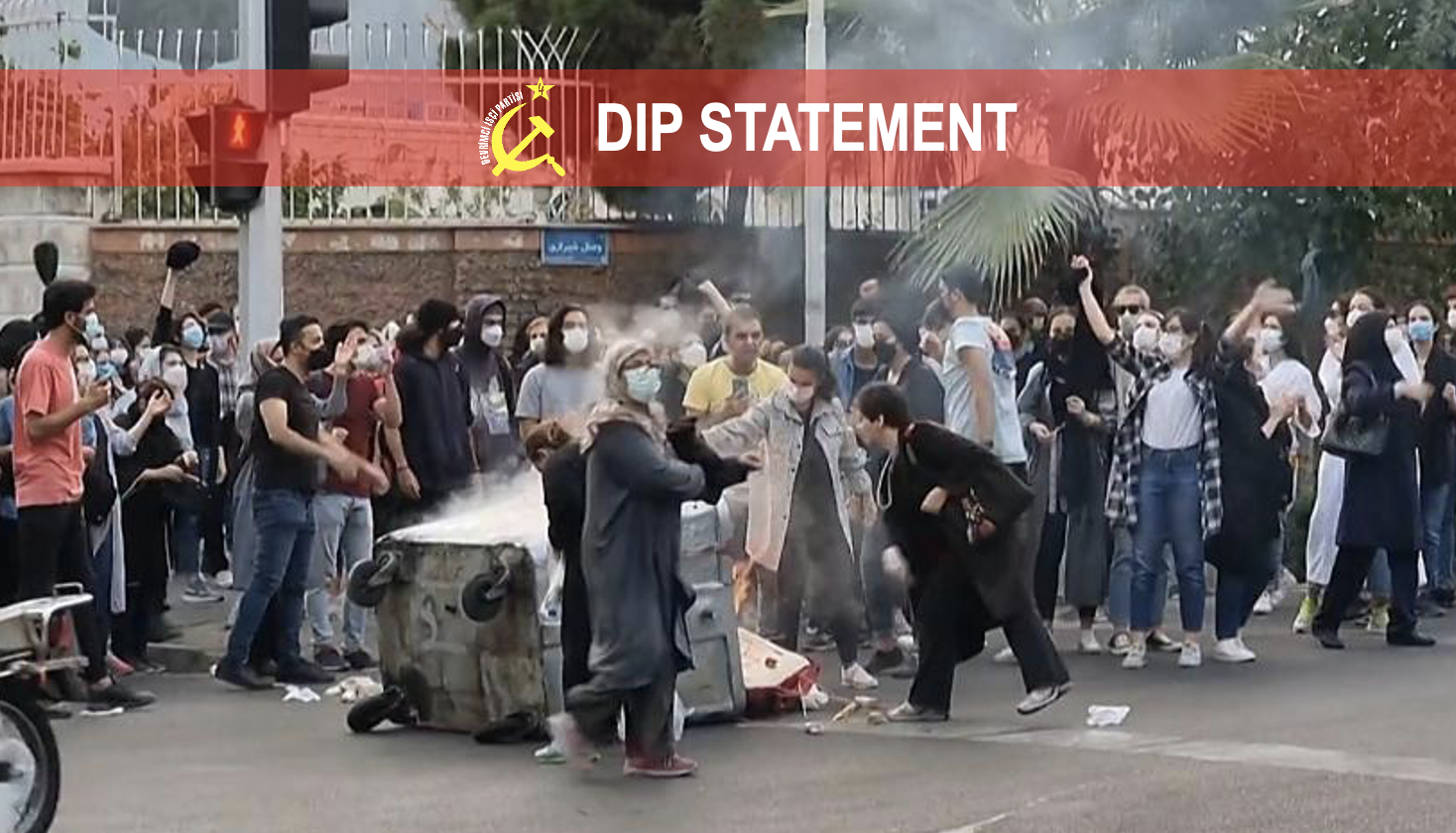
Yesterday, 17 December 2022, the people’s rebellion in Iran tending towards a revolutionary crisis has completed its third month. Jîna Mahsa Amini, a 22-year old Kurdish woman, was taken under custody by the “Guidance Police”, sometimes referred to as the “morality police”, for wearing her hijab “improperly” on 13 September 2022 and died on 16 September while still under custody.
On 17 September all hell broke loose in Iran.
The people of Iran, the Farsi and the Kurd, the Turk and the Arab and the Baloch, filled the streets and the squares, women at their head, and cried out loud “enough is enough”! Since that day Iran has been a bee hove in constant buzz and motion. Whether the repression increases, soaring with cold-blooded murder under the guise of the execution by hanging of the militants of the rebellion or whether concessions are granted, the people do not go back home. For the people want to bring down the regime.
The process Iran is going through will not only shape the future of Iran itself. It will, at the same time, influence profoundly the Middle East and North Africa region. Iran is the only country in the MENA region to have named a republic an “Islamic Republic”. That process has had an immense impact on the effervescence of Islamism in the entire region since 1979. Now that this regime is itself in crisis, the outcome of this crisis will surely have a serious reverse impact in the entire region.
Turkey and Iran share not only a long border of over 500 kilometres, but also a long common history and a profound cultural exchange that reaches back long centuries, a common problem with distinctive specific aspects in the area of Islamism vs. secularism, as well as the Kurdish question. So the Iranian revolutionary upheaval will have significant ramifications for Turkey as well.
DIP, the Revolutionary Workers Party of Turkey, celebrates the heroism and dignity of the Iranian people on the occasion of the completion of three months of a people’s rebellion. It declares its solidarity with this great revolutionary striving. The DIP has prepared a special dossier that covers different aspects of the revolutionary rebellion of Iran.
We kicked off the dossier significantly with an article by our Iranian comrade Behnaz Tebrizi, who as a woman has had her share of the repression of the rights of women in the Islamic Republic of Iran.
Today we are publishing the Statement of the DIP on the situation in Iran.
DIP (Revolutionary Workers Party)
Rarely have the peoples of a country found so much courage and moral strength to throw themselves before the cruelly repressive forces of a reactionary regime as in today’s Iran. For three months exactly to the day, the women and young girls, the men and young boys, their elders and parents, and the workers, toilers and poor of Iran have been waging an unbending struggle before the unbridled violence of the Pasdaran and the Basij. Already close to 500 demonstrators have been killed, of which a sizeable part consists of minors, two revolutionaries hanged, others have been given the capital punishment, close to 20 thousand have been jailed, thousands held incommunicado and tortured in the infamous Evin Prison and other uncanny detention centres.
And yet the spirit of rebellion is well and alive and threatening ever more this cruel regime called the Islamic Republic of Iran (IRI) that has ruled Iran since 1979. The women of Iran were infuriated by the murder of Jîna Mahsa Amini, a young woman of 22 from Iranian Kurdistan (Rojhilat), killed by the so-called Guidance Police for the “improper” wearing of the hijab in mid-September earlier this year. Detained on 13 September, Amini died on the 16th and the next day an unstoppable torrent of struggle filled the streets and squares of Iran. More than 160 cities in all the major regions of Iran, from the Farsi centre to the Turkish north and from Rojhilat in the northwest to Baluchestan in the east and the predominantly Arab Khuzestan in the southwest, even including cities such as Qom, the spiritual centre of Iran’s Shiite establishment, joined the heroic struggle of the Iranian people. Initiatives that may be considered of historic importance were taken towards solidarity between the peoples of Iran, usually more prone to mutual accusations. A group of working-class organisations published a statement in outspoken solidarity with the people of Iranian Kurdistan facing the most severe attacks of the repressive forces of the IRI.
Important gains have been won in practice. The most striking is, of course, the puncture opened in compulsory hijab on the streets of many cities by young and very young women, supported in this by their sometimes more religious elderly kin, parents and grandparents, themselves continuing to wear the hijab but standing by the young so that they may become entitled to choose as they wish. This, more than anything, proves incontrovertibly, that this movement is not against the Islamic religion as such but against the forcible imposition of the beliefs and practice of some on the entire society. The women of Iran and the men standing with them putting their lives at risk for this fight are struggling for freedom.
However, even this gain in a society galvanised precisely by the cruelty of the regime toward a minor infraction of its rules in this area has not put a brake on the vitality of the struggle of the Iranian masses. As the Arab peoples have chanted whenever they rose up since 2011 (“ash shaab yurid iskat al nizam!”), the Iranian people wish to overthrow the regime!
Prospects for the mass movement
This is possibly the most robust mass movement in the Middle East since the Egyptian revolution. It has not conquered squares as did other revolutions in the footsteps of Tahrir square. It has rather chosen a more guerrilla type of hit-and-run demonstration as its tool so as to minimise the great number of casualties likely to result from the attacks of the Pasdaran (Revolutionary Guard) and their paramilitary force, the Basij. The geographic extension of the movement and the resilience of the masses compensate for the near impossibility of systematically staging gigantic marches or demonstrations that were observed in other revolutionary crises.
The Iranian movement stands halfway between a popular rebellion that is born of a deep sense of revulsion against the existing order but cannot create the subjective conditions of bringing that order down and a revolution that fights the innermost forces of the social order that hold the exploitative and oppressive social structure standing. It would be safe to say that it will turn into a full-scale revolution once the movement creates the organisations that will confront and threaten to bring down the regime. Perhaps most important of all, the masses do not seem to have even the slightest illusion in the so-called “reformist” wing of the regime, which has always been a main burden for the movements that fight for the overthrow of the IRI in the past.
It has to be noted also that a phenomenon that has not been seen in the earlier uprisings from 2009 on has emerged this time: hesitations and oscillations within the ruling cadres and contrarian elements questioning the wisdom of the cruelty displayed by the regime. This is an important aspect in the advance of a revolution.
It is commonplace nowadays to speak as if the Iranian mass movement is exclusively a women’s movement. Not only do outsiders see it this way, but many Iranian commentators consider it to be one. This is against the true nature of the movement. Although women are the forerunners and although women heroically stand at the head of the movement, nonetheless it is in a mixed character that the movement has evolved.
“Death to the oppressor, be it the Shah or the Guide”!
There are of course serious dangers regarding the outcome of the rebellion. Iran had gone through a long period of Westernisation and integration with the Western imperialist bloc ever since the 1920s and, in particular, in the post-war period, in the three decades until 1979. It thus has a wing of its bourgeoisie that refused to live under the diktat of the mullahs, many of whom have chosen to live abroad, in particular in the United States, Canada, Great Britain and Germany. Apart from a left-wing minority that had to leave the country in the 1980s under threat of extinction, this diaspora is a milieu whose interests greatly coincide with the imperialists’ dream of reconquering Iran and making it a pillar of imperialist rule over the Middle East as under Reza Shah in the three decades after the CIA-engineered coup against Mossadegh in the early 1950s. This diaspora has the money, the organisational structures, the intellectual capacity, and the exploitative rapacity to reach for power in case the IRI collapses under the overpowering strength of popular rage.
The slogan “Death to the oppressor, be it the Shah or the Guide” shows that the people’s movement has, for the moment, deep distrust of a solution favoured by imperialism. But when the two sides, the mullahs and the rebels, have tired each other to exhaustion, the fresh forces of the pro-imperialist bourgeois opposition may certainly find an opening. Thus, the Iranian masses and the proletarian forces within the country are really fighting two different forces simultaneously.
Radical change in the MENA region and beyond
The international ramifications of the Iranian rebellion promise to be momentous. The most important consequence will probably be seen in the fortunes of the Islamic movement. It is an undeniable fact that the victory of the Islamic Republic within the revolutionary process of 1979, together with the developments in Afghanistan, was a major factor in the rise of Islamism internationally over the last four decades. The reversal of the destiny of the IRI will no doubt play a big role in the balance of forces in the MENA region.
If Iran returns to the imperialist camp this will change the balance of forces in favour of both imperialism, on the one hand, since up until today Iran has been a dependable ally for Russia and China, not only in the region but in the entire Eurasian region, and Zionism, on the other, as Iran is at present the most formidable state foe of Israel.
Finally, if the revolution wins in Iran, this will start a new era not only in the MENA region but will surely have repercussions across the world.
Forward for solidarity with the Iranian masses
Iran is in the throes of a profound crisis. The international working-class movement has not yet been up to the significance of this crisis. The enemy, on the other hand, is not sleeping. The Iranian diaspora is bustling with ideas to pull the mass movement towards cooperation with imperialism and makes endless appeals to the government of imperialist states to intervene ever more forcefully in the struggle and the mass movement. Imperialist states themselves do not stand idly by. Macron has accepted “opinion leaders” that blatantly wish to make Iran a country subservient to the imperialist West. The latest vote within the United Nations in favour of Iran’s exclusion from the women’s group is not a progressive move, but a step in favour of imperialism.
The international left does not respond to the crisis in a manner that will fortify the resolution of the Iranian people and help the mass movement organise the rebellion towards victory.
We send an unambiguous message to the peoples of Iran. The DIP stands in complete solidarity with the women of Iran in their quest for liberation from the yoke of a state that dictates to the people its own religious beliefs and practices as law. The DIP stands in solidarity with the young and very young in Iran in their challenge to the stifling life that the mullahs have been offering them.
The DIP stands in solidarity with all the different nationalities of Iran, who have suffered as much under the mullahs as under the Shah. In particular, the DIP stands in solidarity with the people of Rojhilat, who have for decades suffered oppression not only in that country but in three other neighbouring countries, Iraq, Syria and our native Turkey, as well as Iran. We also stand in solidarity with the people of Baluchestan who have suffered the death and injury of so many of their children.
The DIP stands in solidarity with the entire people of Iran in their fight for dignity, freedom and bread.
Above all, the DIP stands in solidarity with the working class of Iran and its vanguard, which is trying to develop the mass rebellion towards its full potential with all the possibilities that it can make use of.
We call the entire international left and the working-class movement to display much stronger acts of solidarity with this movement. We call the organisations of the left in Turkey and the class struggle unions to extend a helping hand to the Iranian working class. We call all who fight for the betterment of the human condition, at home and internationally, to provide the utmost support to the Iranian people so that we can together overcome the machinations and the manipulations of imperialism, Zionism, and the Iranian bourgeoisie in exile, including the partisans of the descendants of the former Shah.
We will henceforth do our utmost, together with our sister parties in other countries, to aid the heroic mass movement in Iran to march forward to victory.
17 December 2022
Revolutionary Workers Party (DIP)
Turkey

